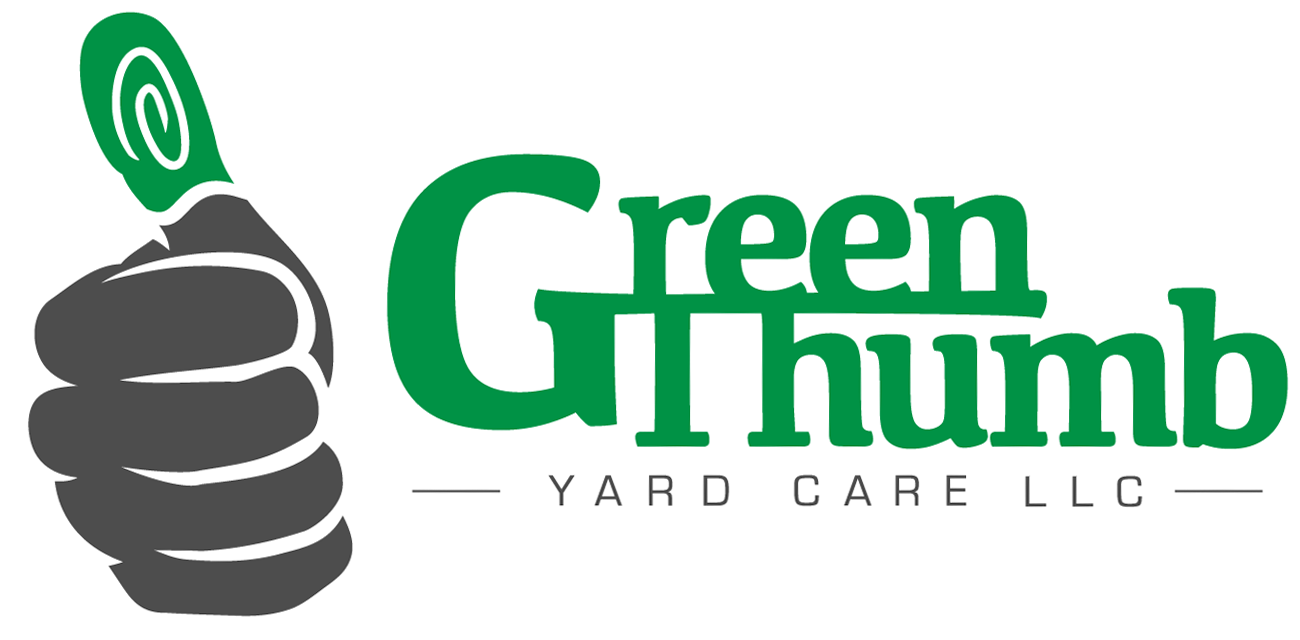3 Practices for a Healthy Lawn
In the world of turf grass management, there are different levels of care. Maintaining a putting green requires far more inputs than maintaining a highway median. Caring for a residential lawn falls somewhere in between the two. I am going to share the three basic practices that will give you a healthier, greener lawn. There are other steps that can further enhance your lawn, but the three discussed in this article will get you started.
Mowing
My guess is that you are already doing this for your lawn. I will share a little bit of our knowledge with you, so that you can mow even better. The grass should be left tall. There are multiple benefits for mowing your lawn on taller settings.
First, root growth is proportional to leaf blade growth. Therefore, a taller leaf blade translates to a deeper root system. This is beneficial in times of drought. Additionally, deeper roots help protect grass from wear that may be experienced if you have a dog or children who are frequently on the lawn.
Second, only 1/3 of the grass blade should be removed at a time. If you are mowing your lawn at 1”, then you should be cutting the lawn after every .3” inches of growth. If you are mowing the lawn at 3 inches, then you should be cutting the lawn after every 1” of growth.
Last, taller mowing height helps reduce the number of weeds in the lawn. When the grass is healthy and thick, it is able to out compete weeds for sun and nutrients.
Irrigation
Irrigation is another essential practice for lawns. Depending on your climate, mother nature may provide enough water so that you do not need to irrigate the lawn. In other climates, irrigation may be necessary during the summer, or year round.
Frequency and intensity are the two main variables. In order to produce the healthiest lawn, you want to encourage root growth. Frequent, light irrigation encourages shallow root growth and promotes diseases due to excess moisture. Instead, infrequent and heavy waterings help roots penetrate deeper into the soil. Watering should be done every 3 to 4 days and should never exceed the soil’s ability to absorb the water. One last factor to consider is soil density. Porous, sandy soils do not retain as much water as dense clay soils. Therefore sandy soil may require more watering.
Fertilization
Fertilization can be an article of its own. I will keep the tips in this section brief. There are 3 macro nutrients that I will discuss and 1 secondary nutrient that I will mention. When dealing with fertilizer, each bag will have an “N-P-K” number, for nitrogen, phosphorous and potassium respectively. One thing to remember is that too much of a good thing can be a bad thing. Excessive nutrients can actually hurt grass. Ideally fertilizations will be made frequently in small amounts. Realistically we suggestion 4 different applications. One in early spring, late spring, early fall and late fall. Remember to be conscious of water sources and make sure that fertilizer is not making its way into bodies of water.
First I will discuss nitrogen. Nitrogen is required in the greatest quantity. It is responsible to shoot growth and green-ness of the lawn. A homeowner can reduce the nitrogen needs of their turf by about 1/3 by recycling their clippings back into the lawn. Do not apply more that .9 lb of nitrogen per 1000 sq ft at a time.
Phosphorus is the next nutrient in the N-P-K number. Phosphorus helps transfer energy within the plant. It is helpful when establishing a new stand of grass from seed. In most cases, soil already has a sufficient amount of phosphorous. In Maryland, one cannot apply phosphorus to an established stand of turf unless recommended by a certified soil lab. Most home owners will not need to apply phosphorus to they lawn. Additionally phosphorus can be detrimental to the environment if it finds its way into a body of water.
The last macro nutrient is potassium. Potassium helps increase the heat, drought, and wear tolerance of grass. This nutrient can be applied in greater quality before the hot summer and cold winter. When applying fertilizer, try to apply a ratio of N:K equal to 2:1.
Iron is the only micronutrient that I will discuss. Liquid chelated iron can be used to give your grass a quick green boost. The effects are not long lasting, 3-5 days. But, if you are hosting an event and want your grass to be an extra deep green, apply a quick iron spray in accordance with the fertilizer label.
Always read the label and make sure that you obey local application methods and regulations. Proper fertilization will yield positive environmental impacts. Thick grass reduces erosion and run off, as well as provides better capacity for sequestering CO2. However, if fertilization is not performed properly, the environmental impacts can be very negative.
Conclusion
In order to maintain a healthy green lawn only three things are necessary.
- Mow the lawn at a tall length regularly. Do your best to remove no more than 1/3 of the grass blade.
- Make sure that the grass has an adequate supply of water. Do not over water the lawn, but irrigation may be necessary during dry spells.
- Supply all of the proper nutrients. In most cases, only nitrogen and potassium need to be added to the lawn. Make sure that fertilization rates do not exceed the optimum amount in order to have the best results.

Recent Comments